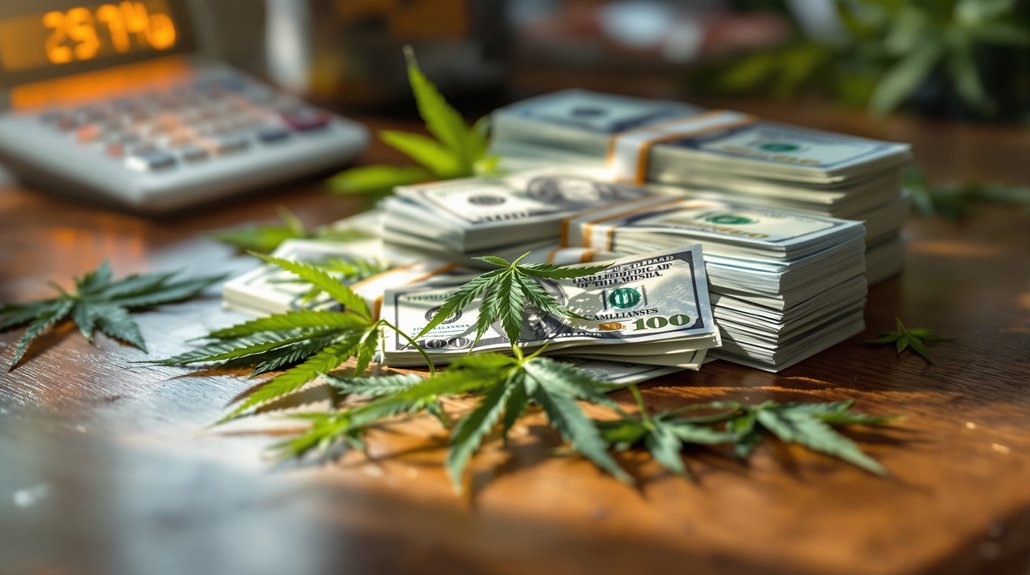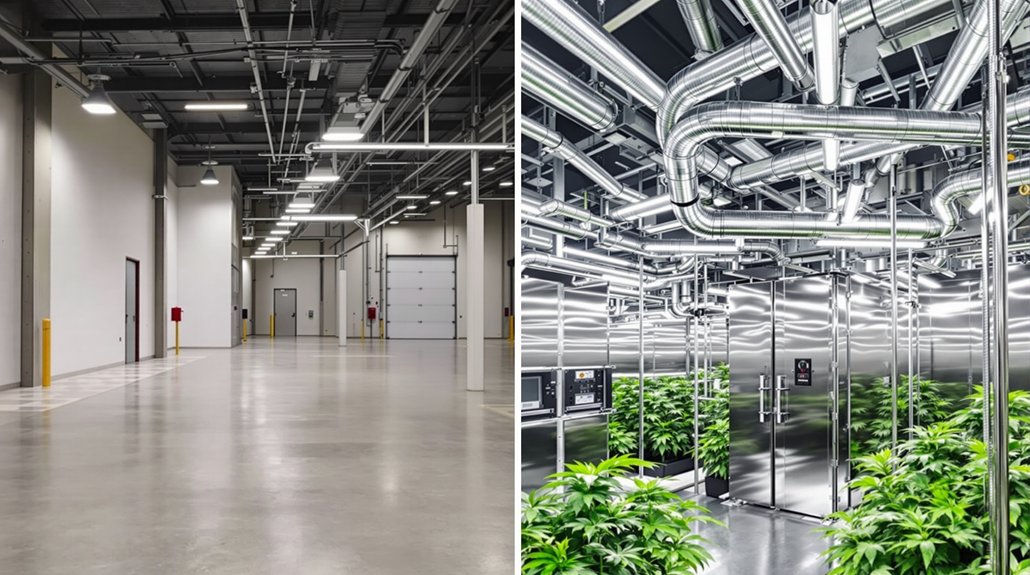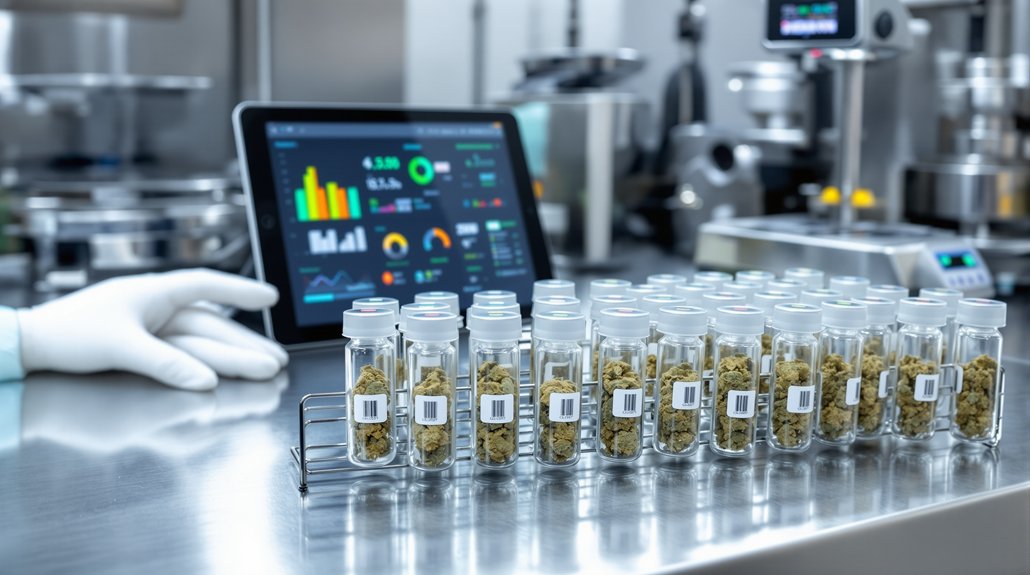Maryland’s cannabis tax revenue has shattered expectations, climbing beyond $18 million in the second quarter of 2025. The state’s strategic 9% tax rate, implemented before its recent increase to 12%, created a competitive advantage that drove unprecedented market growth. With total sales surpassing $1.1 billion since legalization began, Maryland has established itself as a formidable player in the cannabis industry. However, the real story lies in what these numbers reveal about the state’s broader economic strategy.
Maryland’s cannabis tax revenue reached a new milestone in the second quarter of 2025, generating $18.4 million from April through June and demonstrating the continued growth of the state’s adult-use cannabis market. This figure represents a notable increase from the previous quarter’s $17.5 million, highlighting the steady momentum that has characterized the program since its launch in July 2023.
The state’s adult-use cannabis program has proven remarkably successful during its first full year of operation, contributing to over $1.1 billion in total cannabis sales. This achievement helped Maryland conclude fiscal year 2024 with $72.9 million in total cannabis tax revenue, establishing a strong foundation for future growth. The consistent quarterly increases reflect both expanding market participation and improved compliance systems that have strengthened revenue generation.
A significant change occurred on July 1, 2025, when Maryland implemented a tax rate increase from 9% to 12% on cannabis retail sales. This 3% increase, mandated by new legislation, directs additional revenue to Maryland’s General Fund while maintaining the existing allocation structure for other programs. The next quarterly report covering July through September 2025 will reveal the full impact of this rate adjustment on overall tax collections. Despite this increase, Maryland’s tax structure remains competitive compared to the global legal market projected to reach $68.47 billion by 2025.
Regional revenue distribution shows considerable variation across Maryland’s different areas. The Central Region, encompassing Baltimore City, Anne Arundel, Baltimore, Carroll, Harford, and Howard counties, generated approximately $8 million in the second quarter, representing the largest share of total collections. The Capital Region contributed about $4.1 million, while the Eastern Region brought in nearly $2.4 million. The Southern Region reported $913,345 in cannabis tax revenue, reflecting population and market activity concentrations throughout the state.
The allocation of these tax funds supports multiple community and state programs as outlined in the Cannabis Reform Act. The Maryland Cannabis Administration received almost $9.8 million for operational and administrative expenses during the second quarter. From the remaining revenue, 35% flows to the Community Reinvestment and Repair Fund, receiving approximately $3 million to support regions disproportionately impacted by previous prohibition enforcement.
Additional allocations include 5% each to counties and municipalities, the Cannabis Public Health Fund, and the Cannabis Business Assistance Fund, with each receiving roughly $429,085. The remaining 50% of funds supports the state’s General Fund. These programs address various community needs, from minority and women-owned business support to public health initiatives targeting youth cannabis use trends and adult emergency visits. Despite concerns about potential negative effects of legalization, youth cannabis use has actually decreased since Maryland implemented its adult-use program. The Community Reinvestment and Repair Fund specifically targets community-based initiatives designed to repair damage from past enforcement practices.
Maryland’s cannabis market continues expanding rapidly, with high sales volumes driving consistent tax growth. The state distinguished itself as the first to hold a licensing round exclusively for social equity applicants across all license types, demonstrating commitment to inclusive market development.
With the July 2025 tax rate increase now in effect, industry analysts anticipate revenue growth could push annual receipts above $100 million, further solidifying Maryland’s position as a leader in cannabis market development and community reinvestment.









